The pitch is simple: these are the cars that do everything, the Gary Sobers, Kapil Devs and Freddie Flintoffs of the automotive world.
Go extraordinarily fast? It’s a given. Make you appear suitably plutocratic wherever you turn up? Natch. Keep you endlessly entertained on any empty road? Just look at them. Carry you, your family and your luggage in hushed comfort and true luxury any damn place you want to go? I’m surprised you had to ask.

But a pitch is one thing, reality quite another. We can see why you might think (and their creators suggest) that if any car can come close to being all things to all people, a Porsche Panamera or Mercedes-AMG GT 4-Door might fit the bill better than any other. But the question here is not just to decide which gets closest, but whether either – or indeed any car – can be truly satisfactory in such disparate regards. Trying to be all things to all owners is the brief from hell, and as sure a recipe as exists for ending up with egg on you face.
Press fleet availability means the Porsche and Mercedes seen here are close but not direct rivals, although today this actually helps because it allows us to answer another question, of which more in a minute.
One thing both cars absolutely share besides their monstrously powerful twin-turbo V8 engines is stupidly long names. The Porsche is a Panamera Turbo S E-Hybrid Sport Turismo, the Benz an even more befuddling Mercedes-AMG GT 63 4MATIC+ 4-Door Coupé. But there are clues in these titles: the Porsche is the full-fat Panamera in both the literal and figurative senses of the word – ‘Hybrid’ signifying a 671bhp, electrically boosted power output and a staggering kerb weight of 2400kg, exactly 300kg more than the same car without the hybrid system.


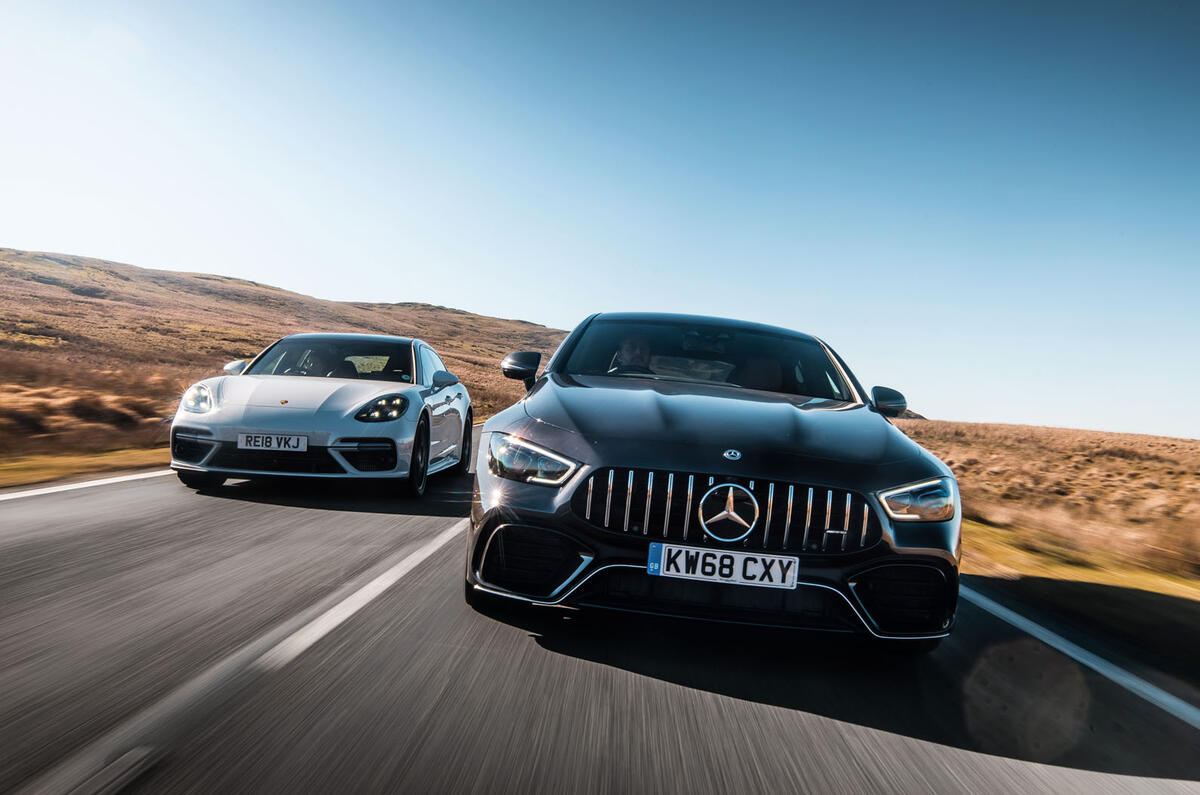
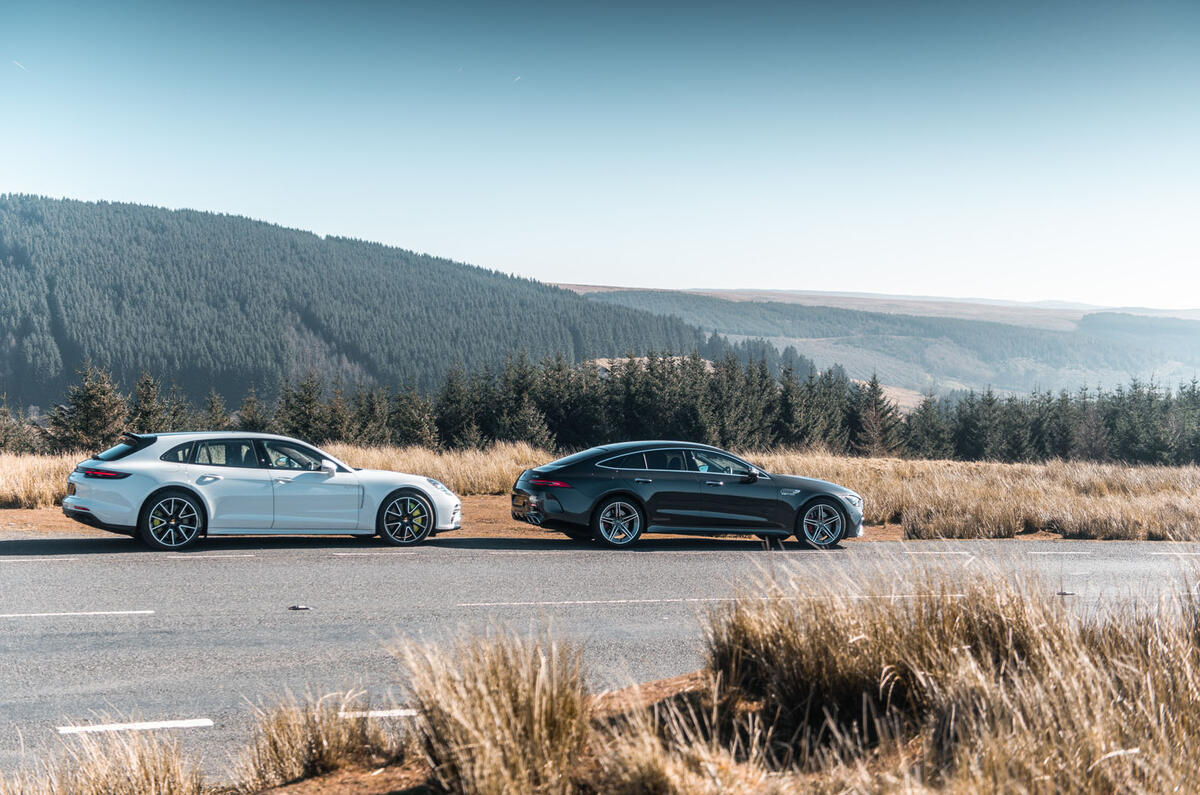
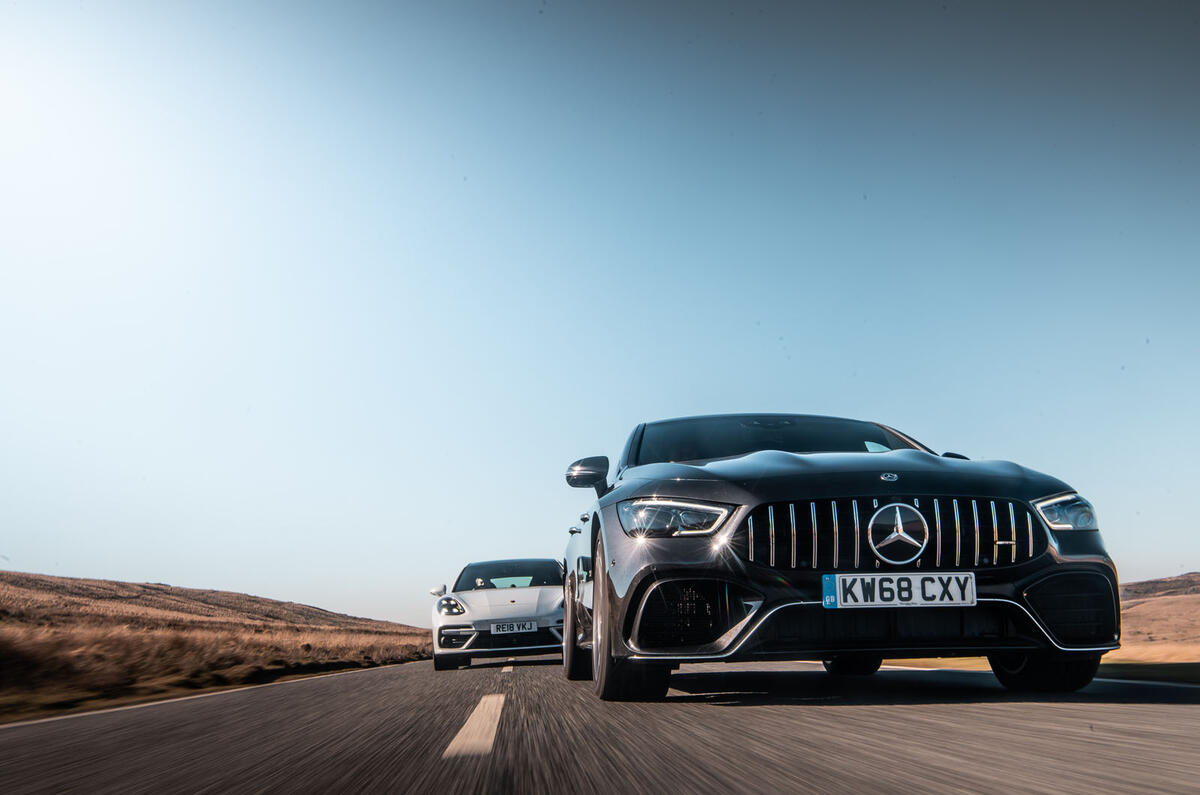
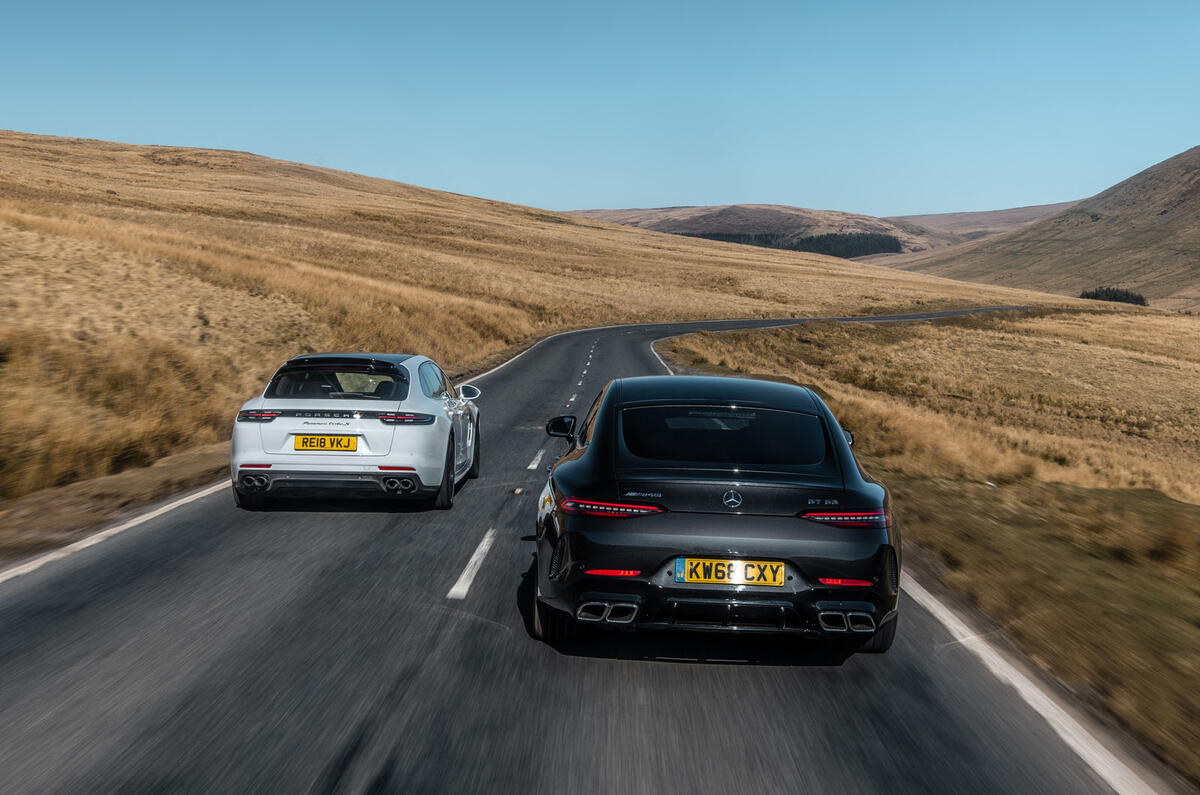

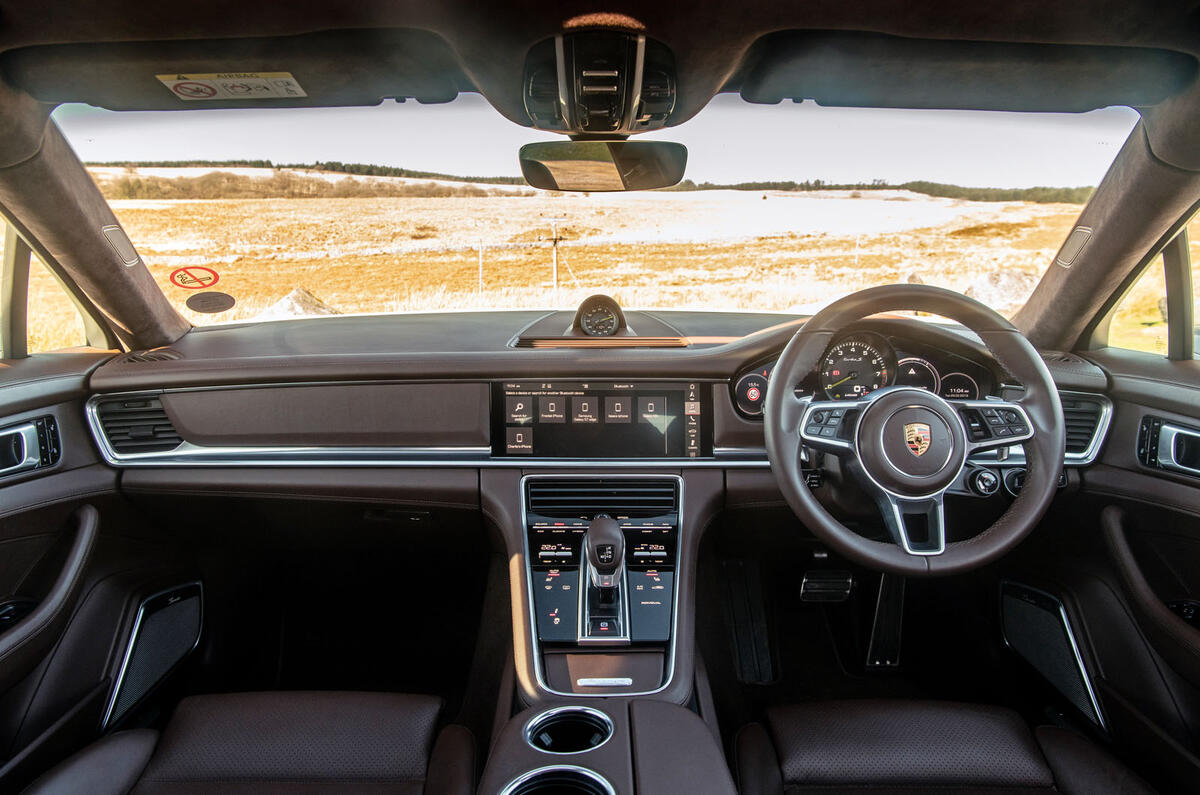
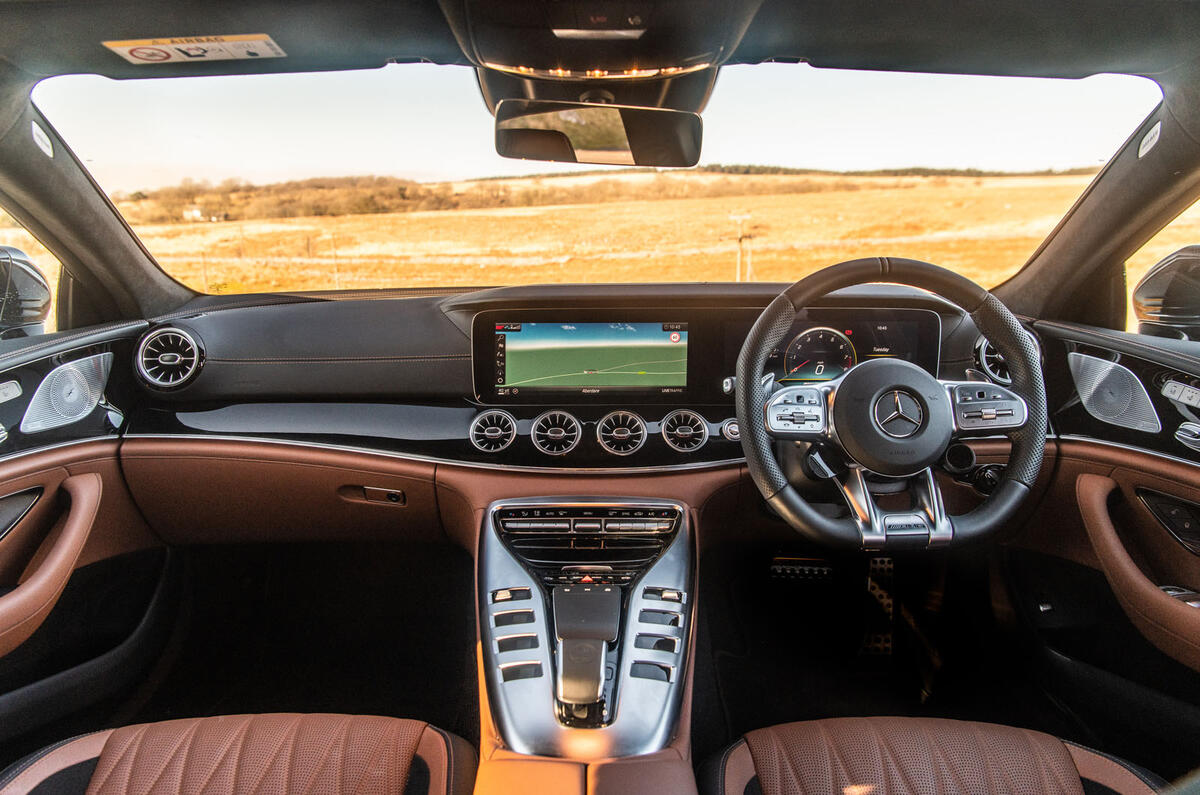
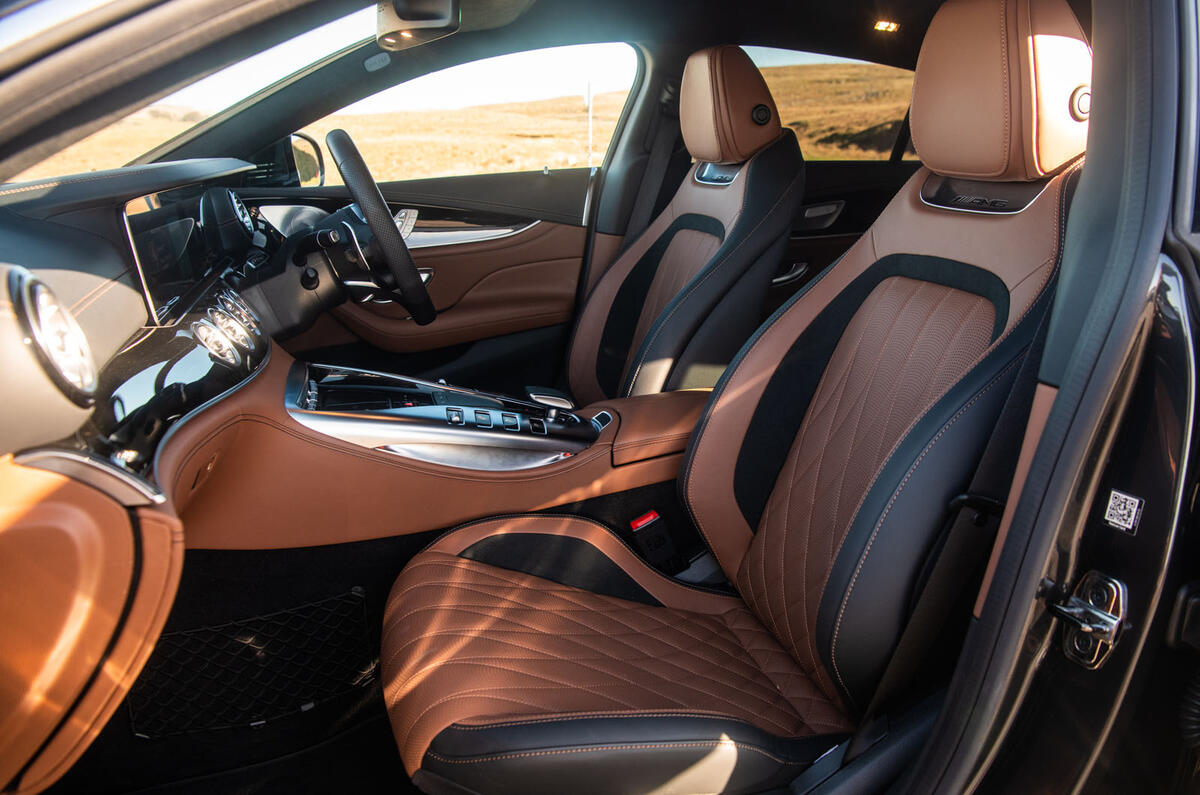

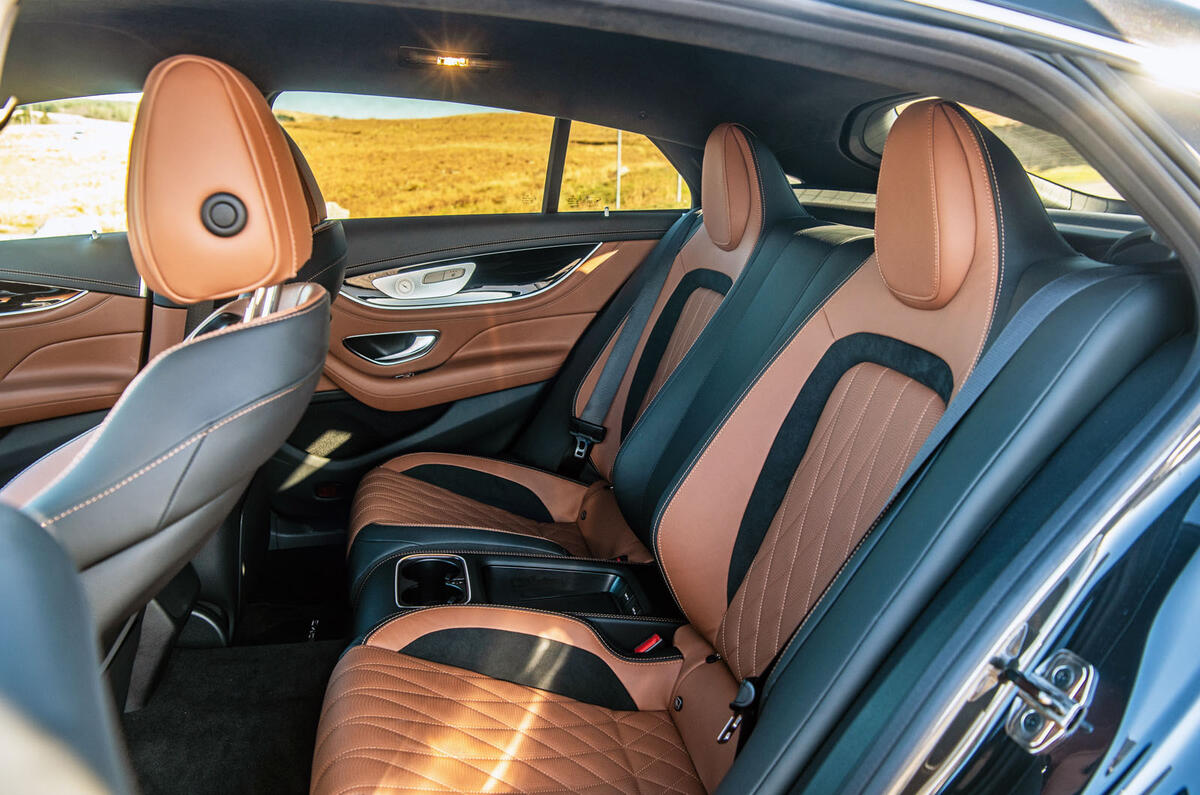
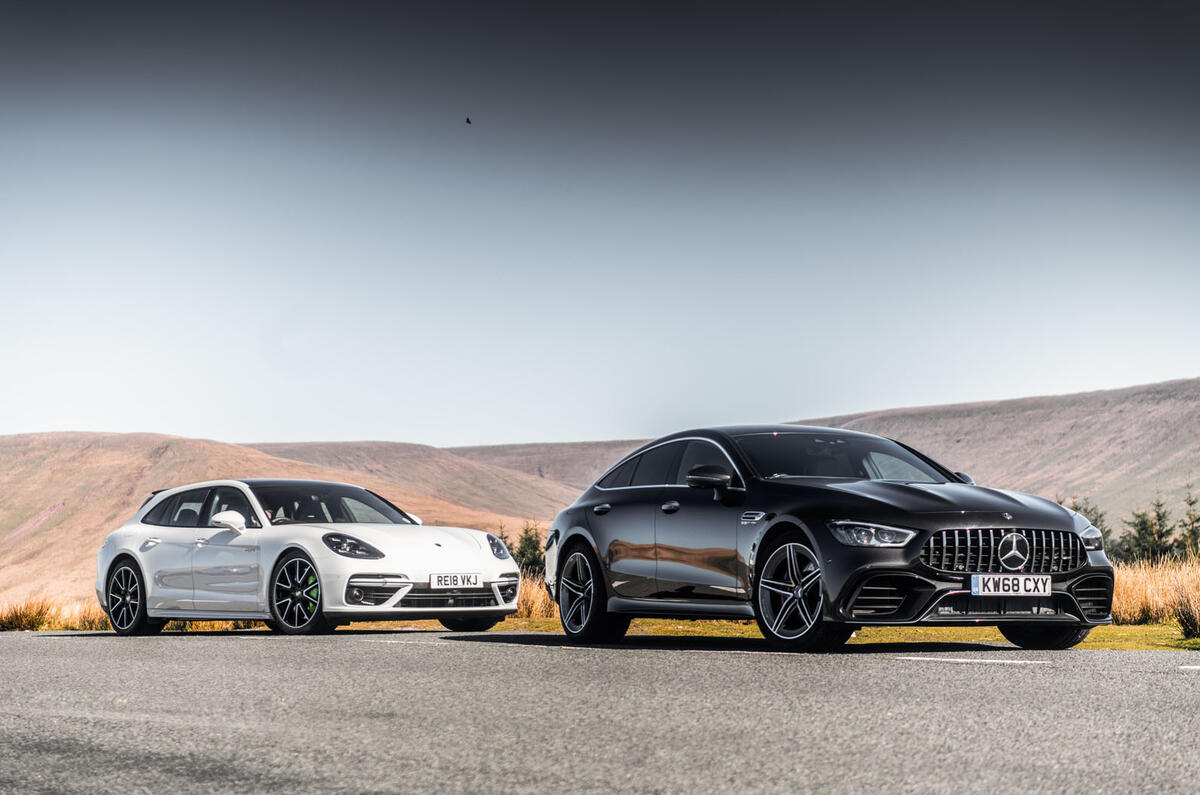
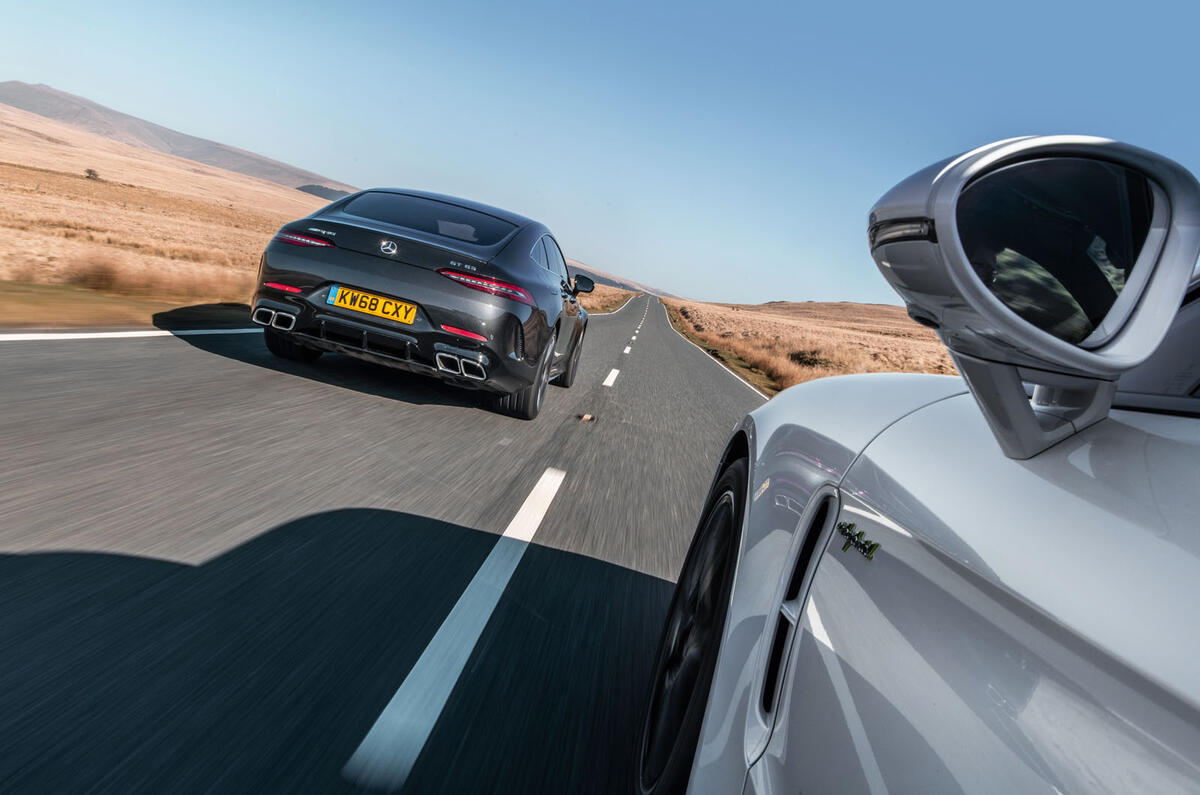
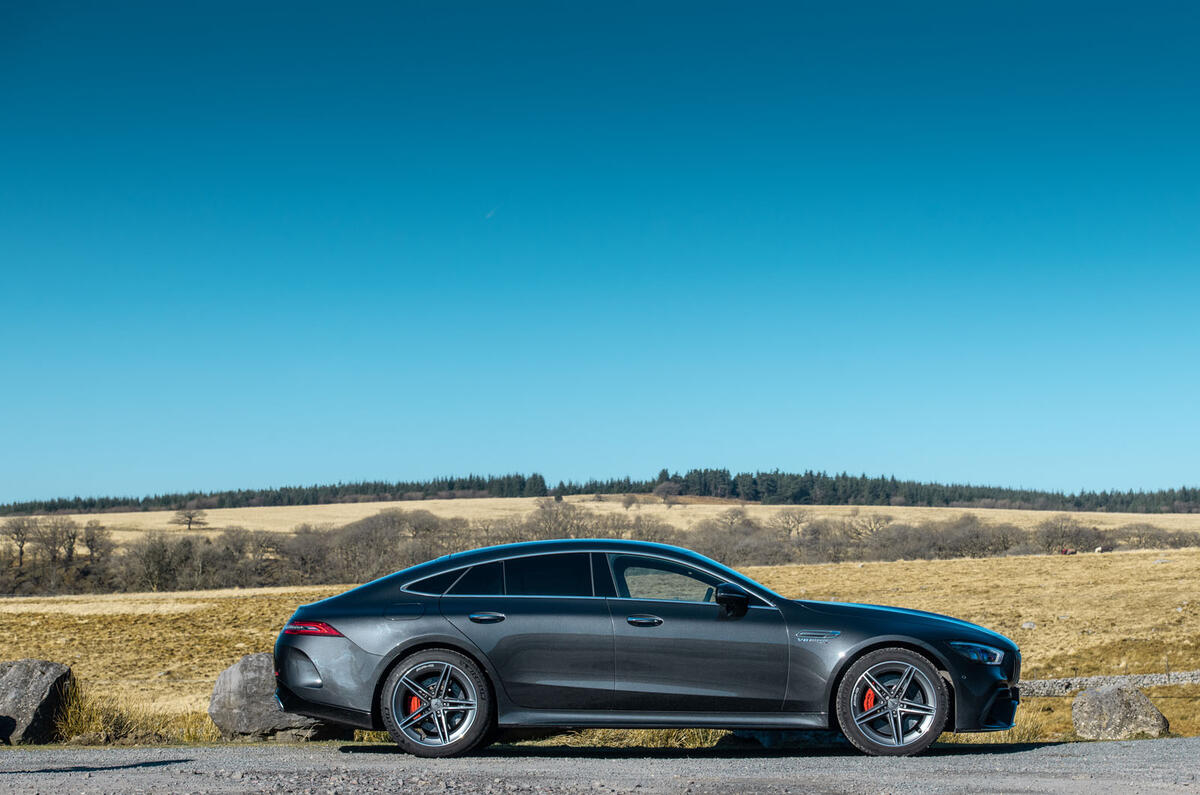
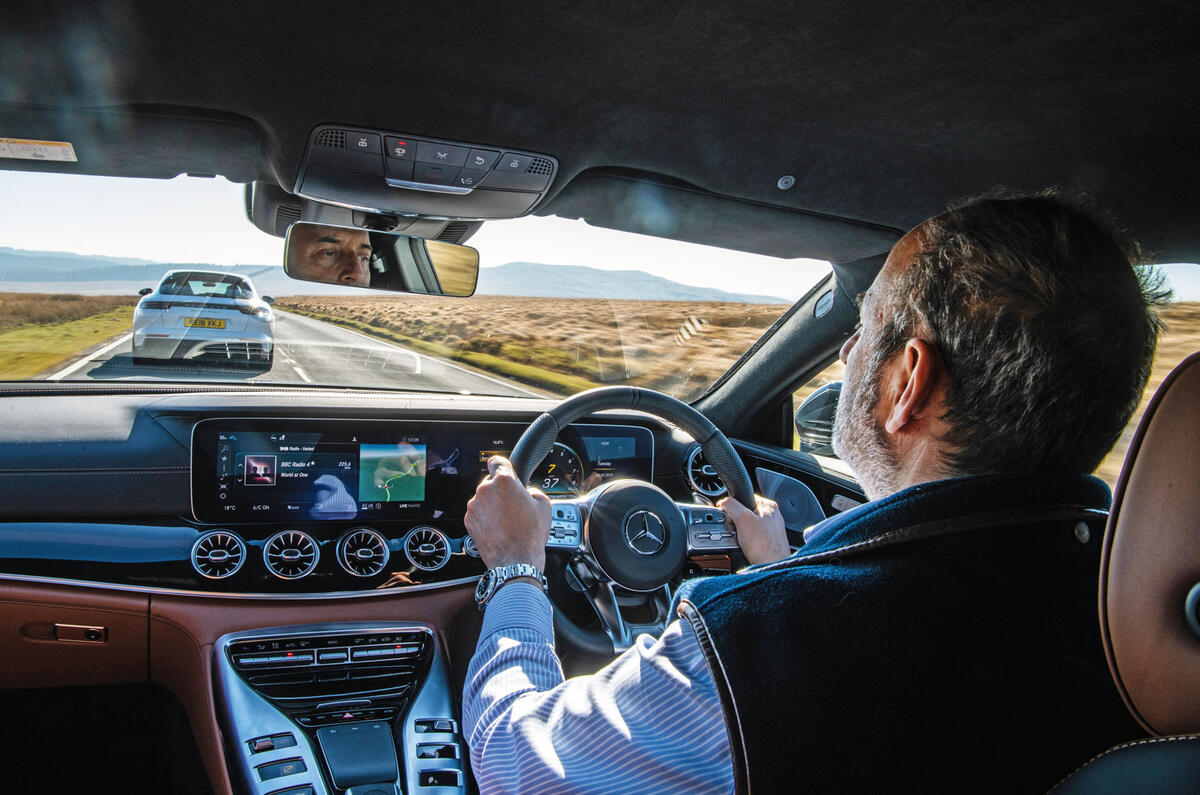
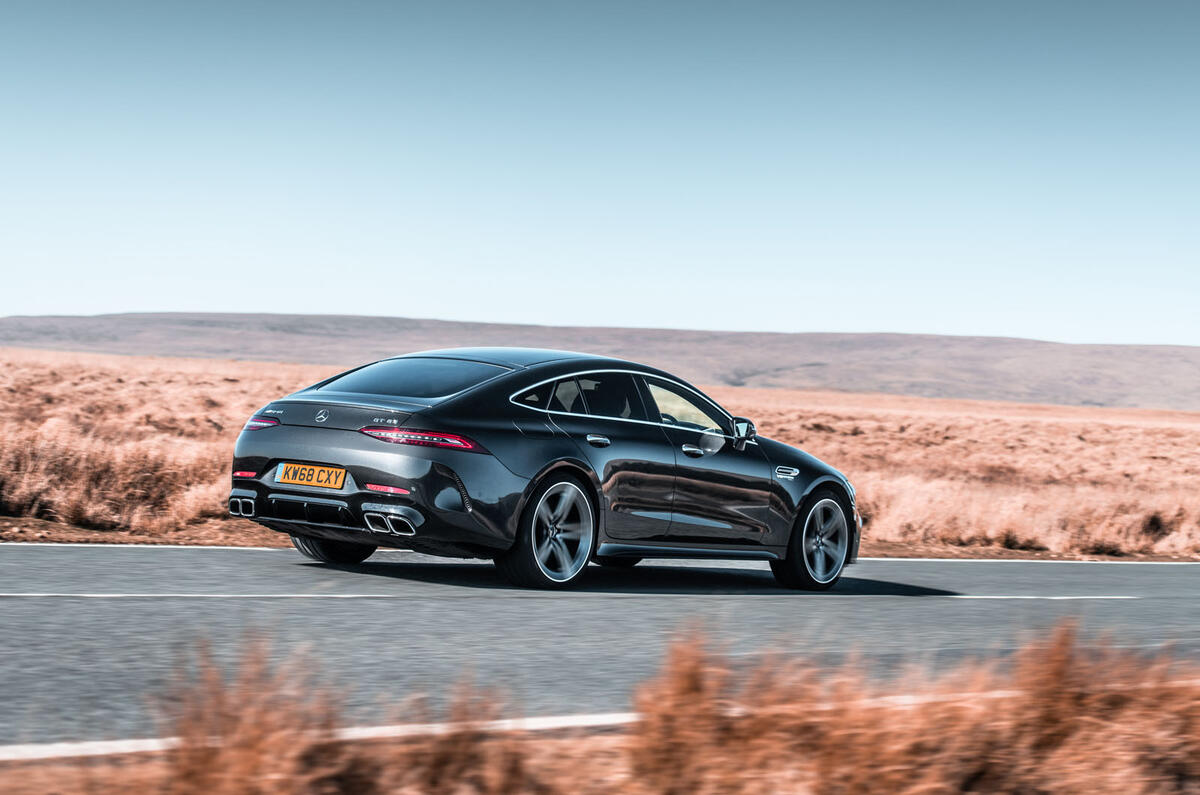
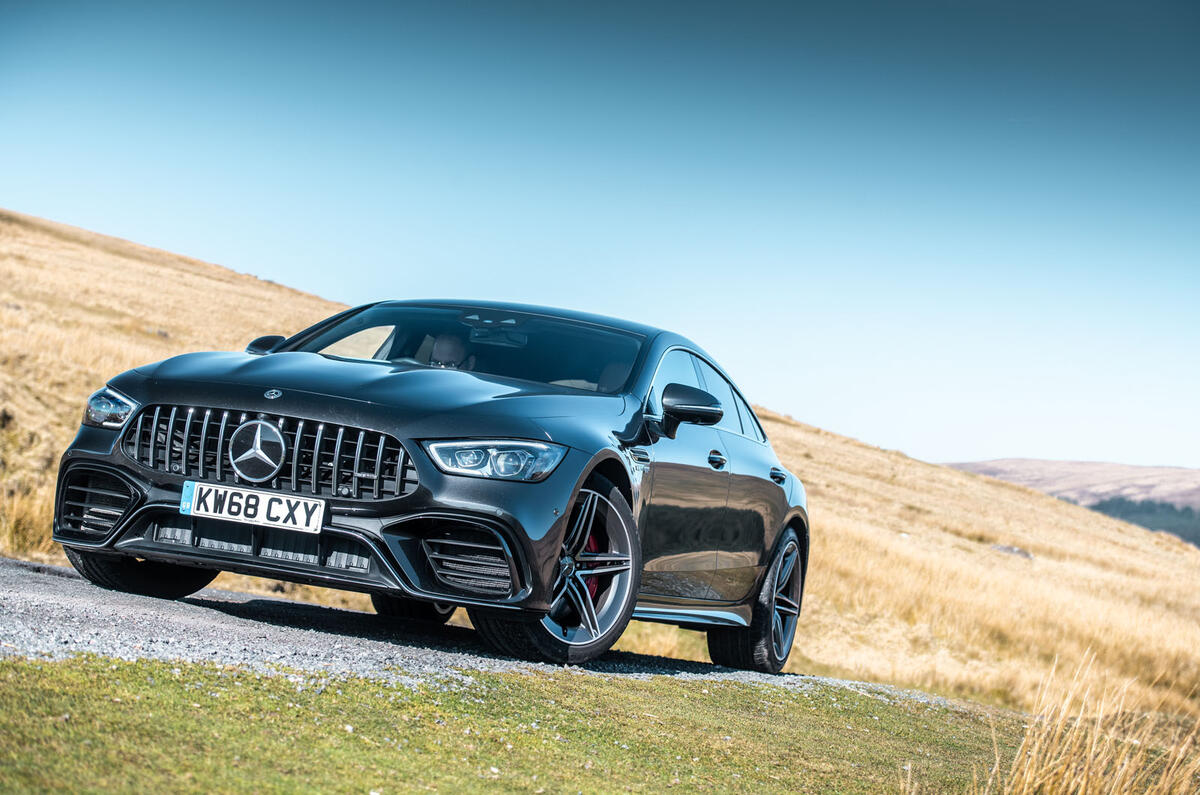

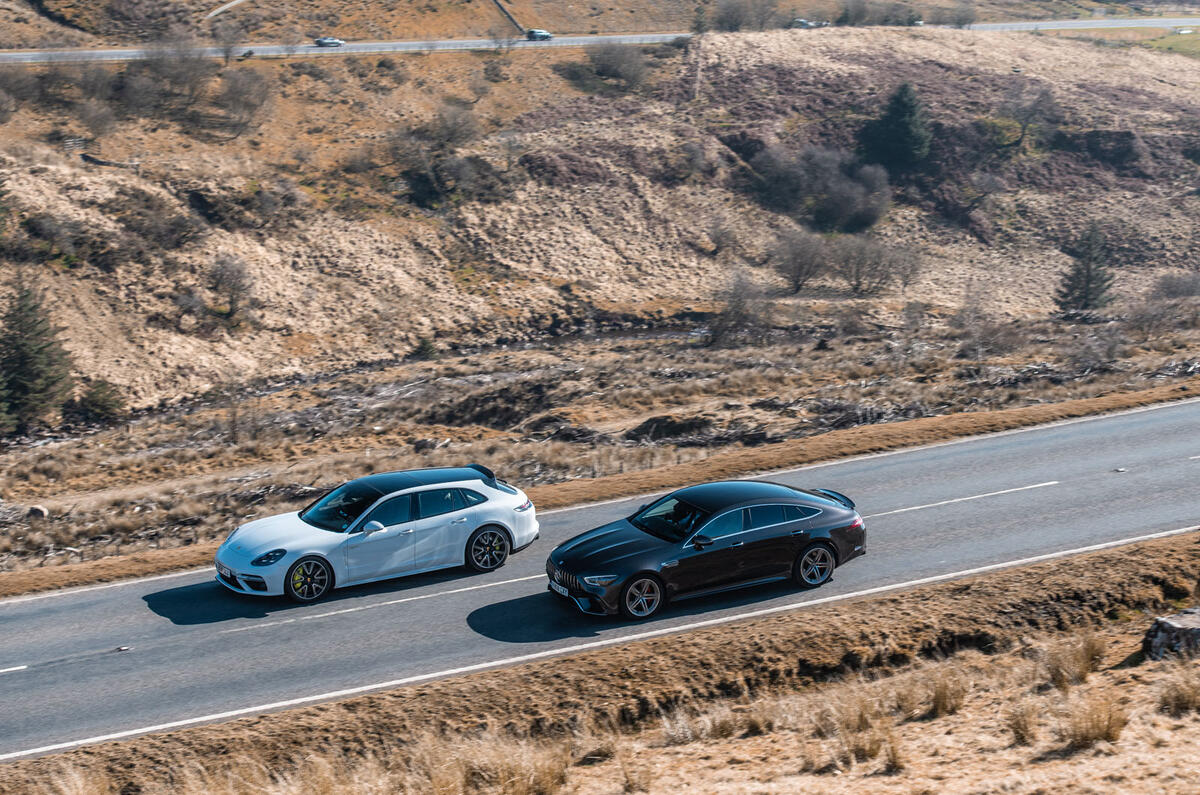
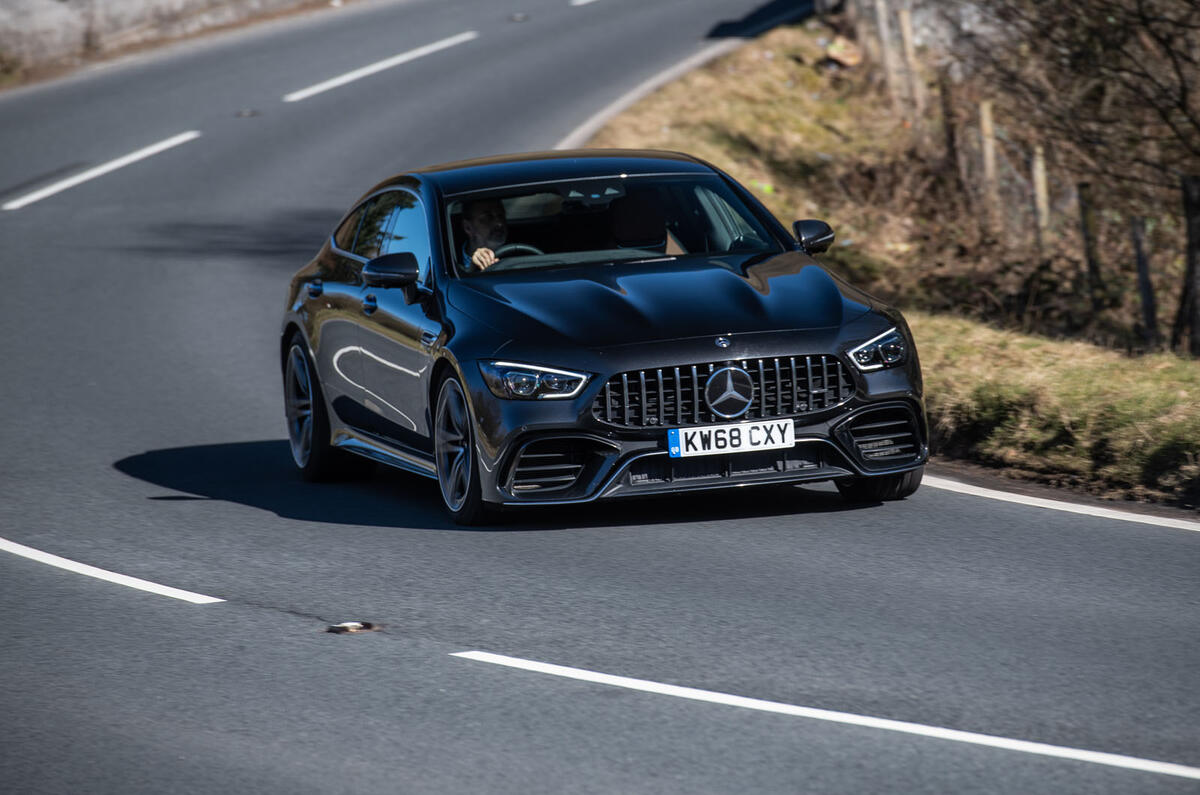
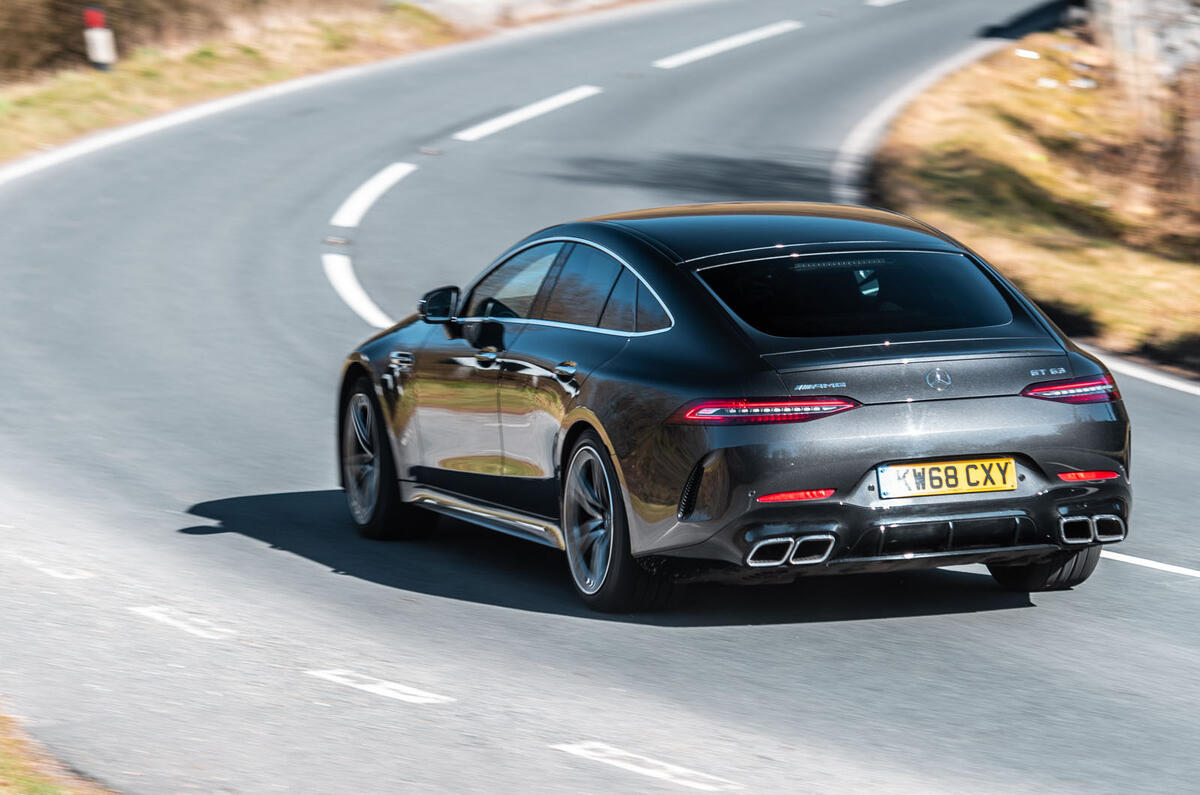
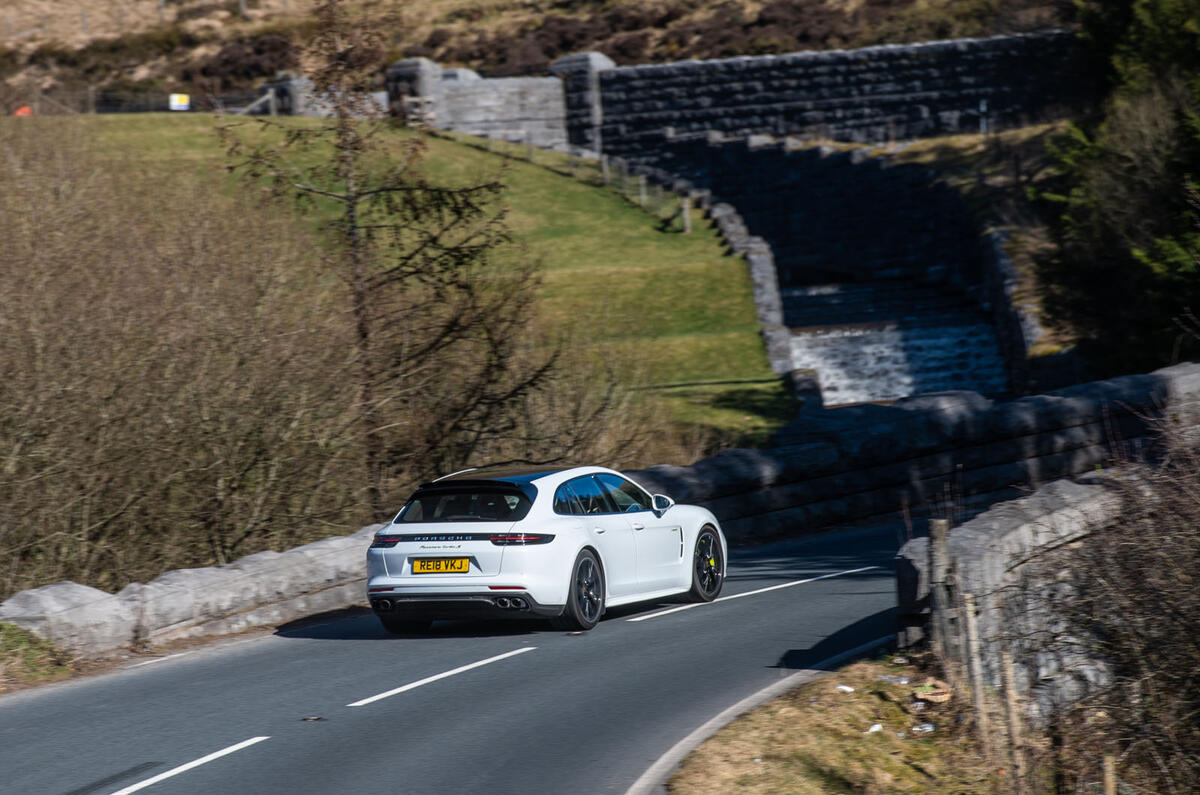
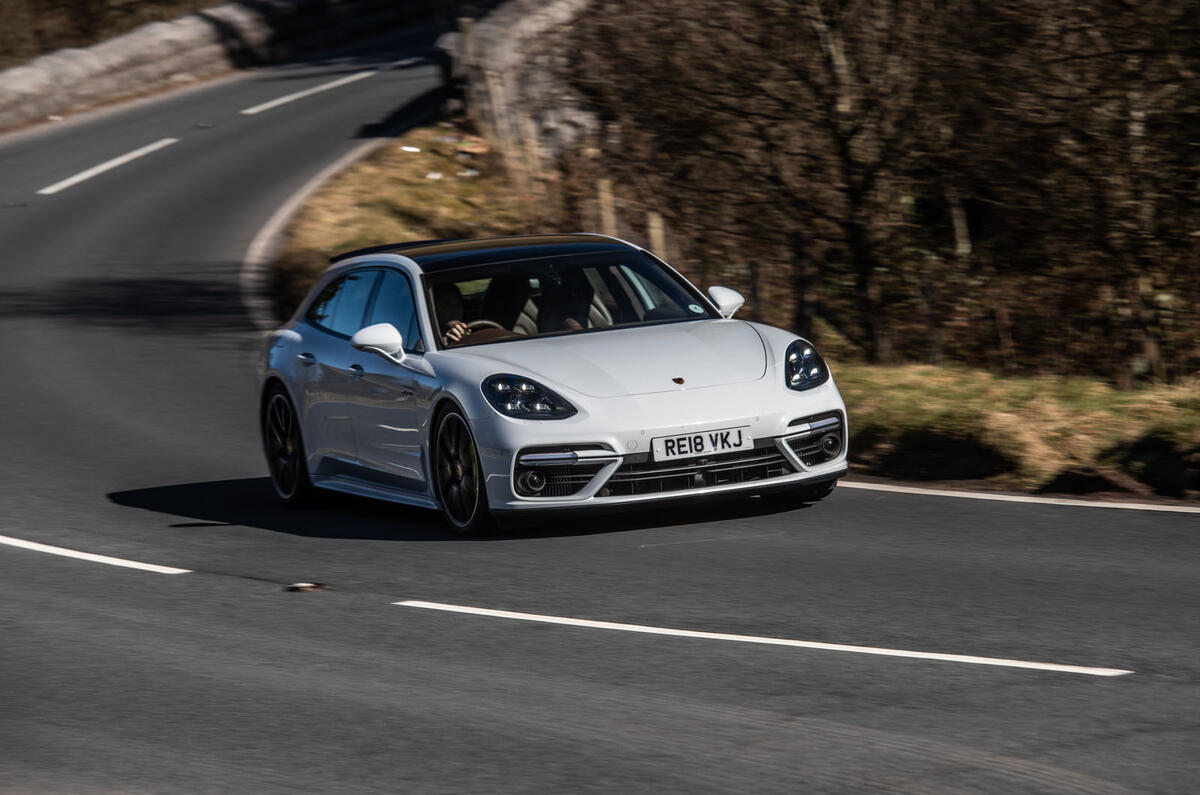
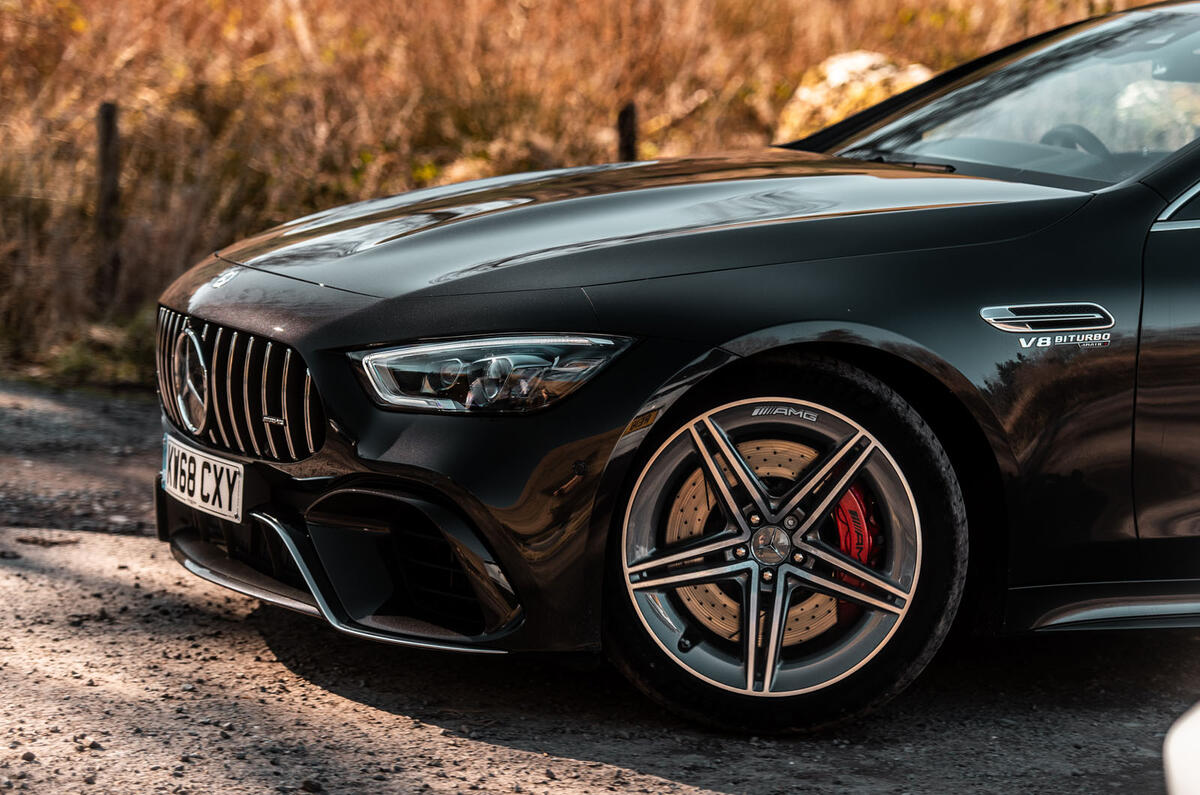
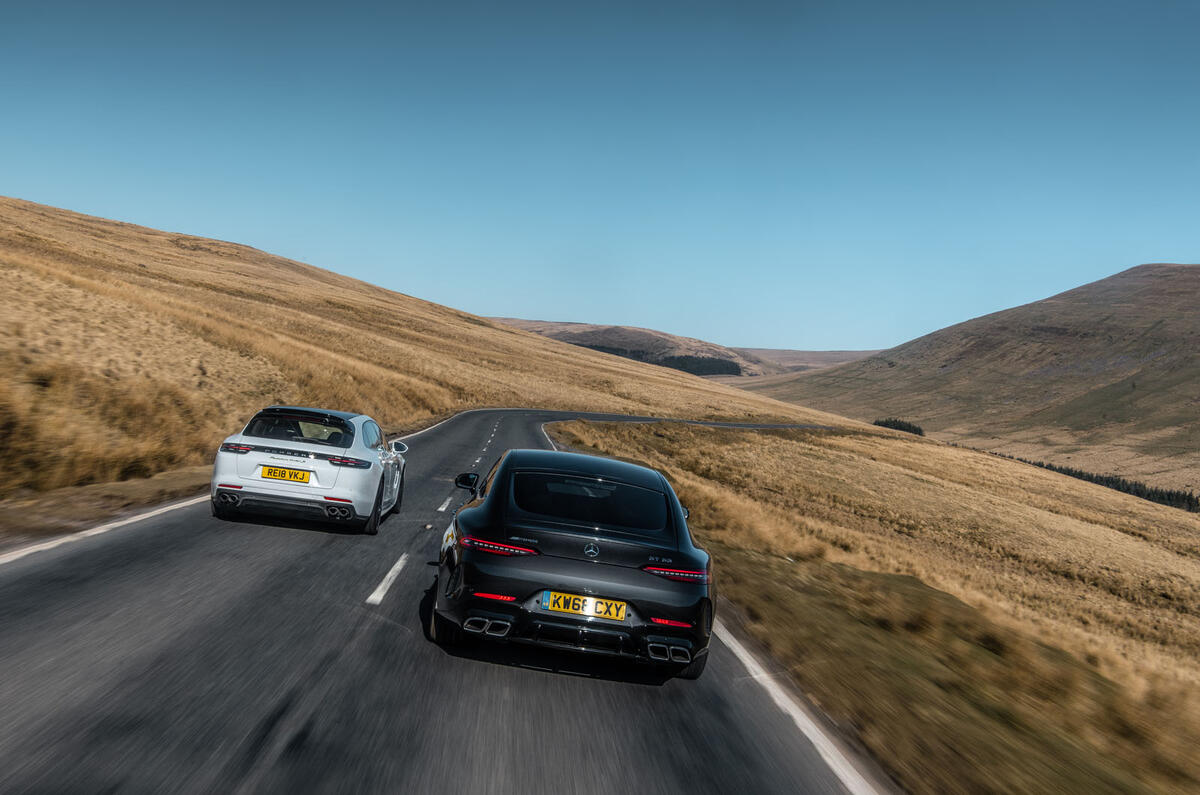


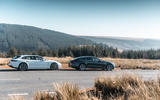
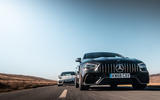
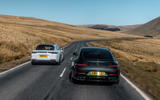
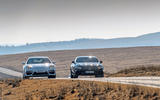
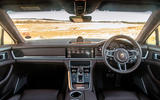
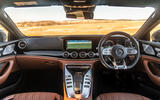
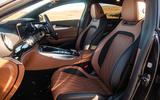
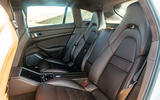
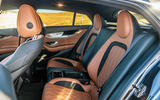
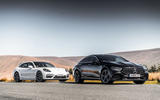
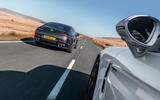
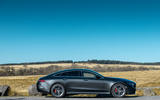
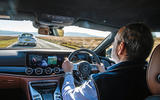
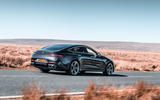
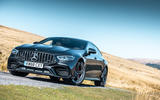
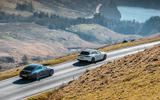
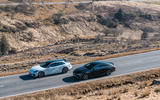
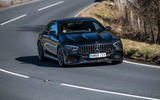
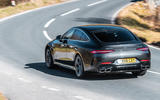
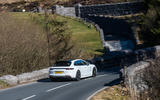
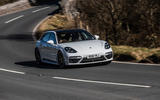
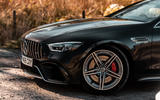
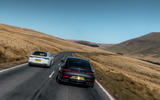
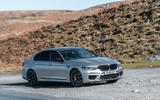










Join the debate
Add your comment
LEARN STOCK
Very interesting post.this is my first time visit here. I found so many interesting stuff in your blog especially its discussion..thanks for the post! SGX nifty future Live
i need this car buy
Very interesting post.this is my first time visit here. I found so many interesting stuff in your blog especially its discussion..thanks for the post! <a href="https://stockmarketlearners.blogspot.com/2019/06/sgx-nifty-future-live-sgx-nifty-live.html/">Click Here</a>
i need this car
Very interesting post.this is my first time visit here. I found so many interesting stuff in your blog especially its discussion..thanks for the post <a href="https://stockmarketlearners.blogspot.com/2019/06/sgx-nifty-future-live-sgx-nifty-live.html">Click Here</a>